Table of Contents
Natural or synthetic hair extensions? Such a choice is faced by girls who will resort to building up to increase the density or length of their hair. Many people prefer synthetic material.
Natural hair is obtained by cutting. Synthetic ones are produced in factories, for which various raw materials based on polymers are used. Modern technologies make it possible to reproduce natural fibers quite accurately. They are processed to give a natural look. Natural hair tolerates most procedures well, after which artificial curls immediately or after a while lose their great appearance and deteriorate. Synthetics have less weight, which reduces the load on the neck. But at the same time, it has a pronounced shine. The term of wearing synthetic clip hair extensions is several times shorter. Synthetic hair is slightly stiffer to the touch than natural strands.

What are synthetic hair extensions clip ons made of?
Synthetic strands are made from monofilaments of different materials. The raw material is polyamide, acrylic, and vinyl.
- Vinyl is the cheapest material. It is 70 times thinner than human hair, so the clip hair extension from it is very light and weightless.
- Polyamide is the strongest known material for making synthetic hair and is highly resistant.
- Acrylic differs in that it gives an unnatural shine. Therefore, wigs are most often made from it.
All three materials are not suitable for everyday wear.
Kanekalon is the best material for synthetic hair.
Kanekalon is a modacrylic fiber. It is considered the best for wigs’ production since it is very similar in structure to natural hair, including a moderate shine. Natural raw materials are used for the production of seaweed. The material is eight times lighter than human hair. This fiber is very strong, elastic, does not break when combing. It is used for weaving African and French braids, dreadlocks. Kanekalon is suitable for hair extension clip on and halo hair extensions. The material also has a drawback: it gets very wet, creating a load on the hair. It gradually fades, which is especially noticeable in dark and bright shades. Kanekalon is more suitable for intense wear. Heat-resistant clip hair contains proteins that protect the material from high temperatures.
How to care for synthetic hair extensions?

As a rule, synthetic material is not used for permanent wear but is used only to create a daytime or evening look for a specific event using a hair extension clip ons. Another popular option is kanekalon weaving. You can wear this hairstyle for several days.
If you want to grow artificial hair for a longer period, you should prefer natural strands. The strands are selected as accurately as possible to the hair’s shade to make the extension invisible. The haircut is better graduated, thinning the ends to smooth the transition between your own and extended strands.
Synthetic clip hair extensions can last from several months to five years, depending on the intensity of use and proper care of them and the length - the longer it is, the shorter the life.
Synthetic haircare is more thorough than natural hair:
- Synthetic strands are not hot-dried to prevent damage.
- Store them away from direct sunlight and open flames.
- Before applying a particular procedure to the product, you must read the instructions on the package.
- All experiments must be carried out on an area that will be hidden after attachment. Otherwise, the hair will be damaged.
- Alcohol-containing substances cannot be used for processing since they destroy the structure of the fibers.
- Special sprays protect against atmospheric conditions, ultraviolet radiation.
You can treat synthetic hair with styling products with varnish foam. But after using these products, you must wash the strands in warm water with a conditioner.
How to comb synthetic hair extensions?
Comb only dry hair. First, the clip hair extension is securely attached to some kind of base. If the strand is rather thick, it is divided into several small ones and combed out in turn. Start at the tips, gradually moving towards the root zone. It is recommended to use a natural bristle comb or brushes with rounded ends or loop teeth. These combs do not pull out the hair, maintaining the density.
How to wash synthetic hair?

Synthetic hair is washed only in case of contamination and no more than one time per month. From frequent water procedures, they deteriorate, their service life is reduced. The hair is dirty when you see the layer of dust, traces of styling products, an unpleasant odor. It is better to purchase special products for washing.
Step-by-step instructions for washing synthetic hair:
- Comb your hair with a rounded comb. Fill the tub with water and dilute the shampoo according to the instructions.
- Soak the strands in the solution for 4-5 minutes for the shampoo to work.
- Rinse the hair under warm running water. The flow should be directed from the root zone to the ends so that the hair does not tangle.
- Wrap the hair extensions tape in a soft towel and blot, do not twist or wring out.
- After drying, apply balm to the hair and leave it for 5-10 minutes.
- Rinse your hair again with cool water and wrap it in a towel.
At the last stage, the strands are treated with an indelible spray. The product protects against dryness, electrostatics, gives softness, smoothness, lightness. The hair is easy to comb. Synthetic hair has a limit on washes. Usually, they can withstand no more than 25 water treatments. But proper washing will prolong the life of the strands.
Buy natural or synthetic hair? It's up to you, but synthetic hair is the best option for clip-on extensions for a special occasion. You can create unique hairstyles and add volume at any time without messing up your hair. Natural strands are more suitable for everyday wear.

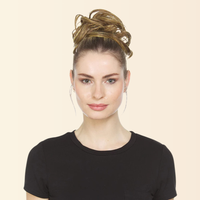
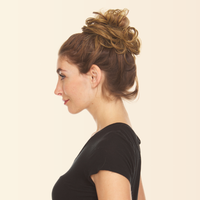
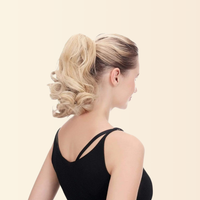
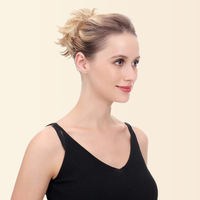

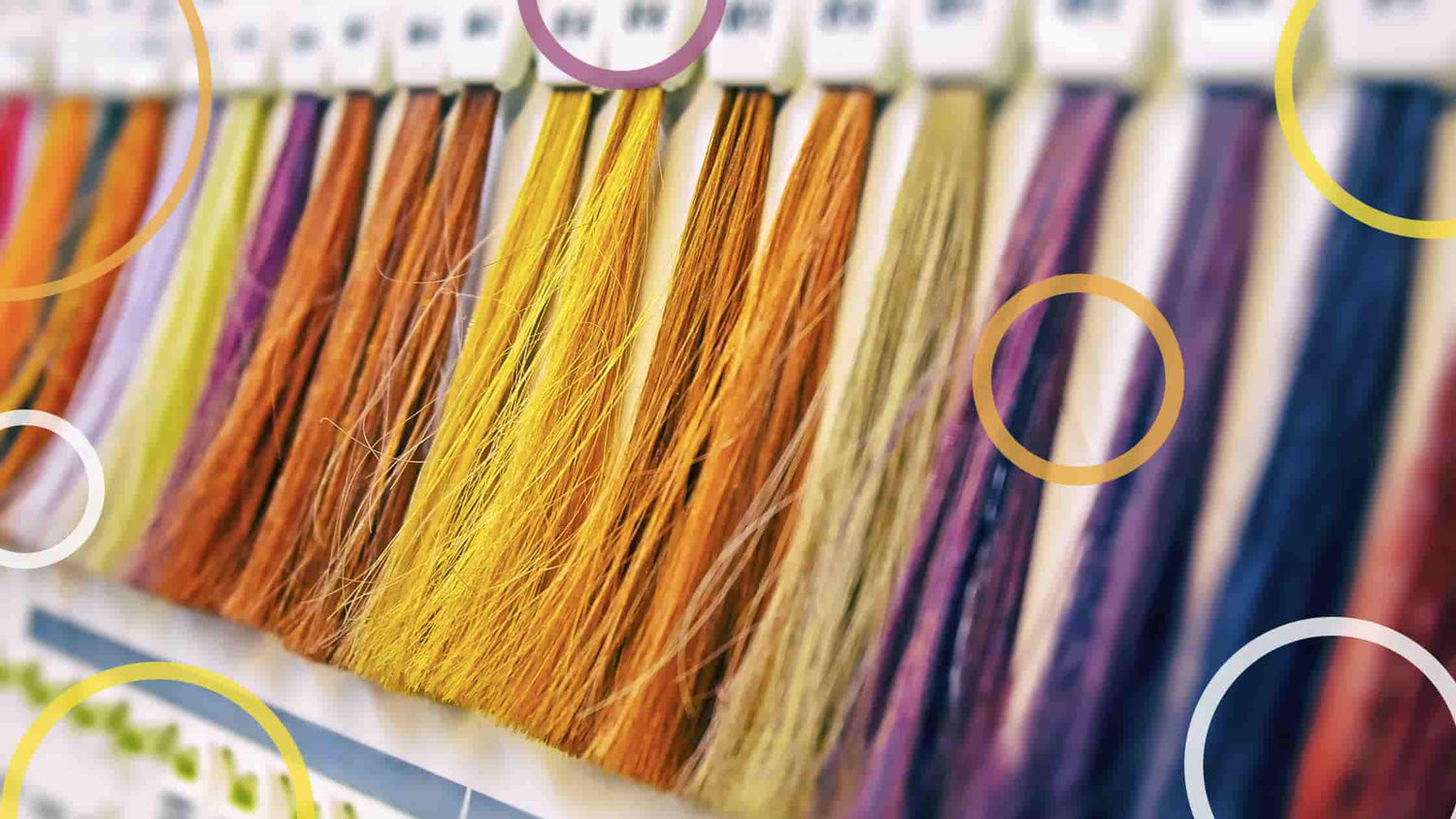
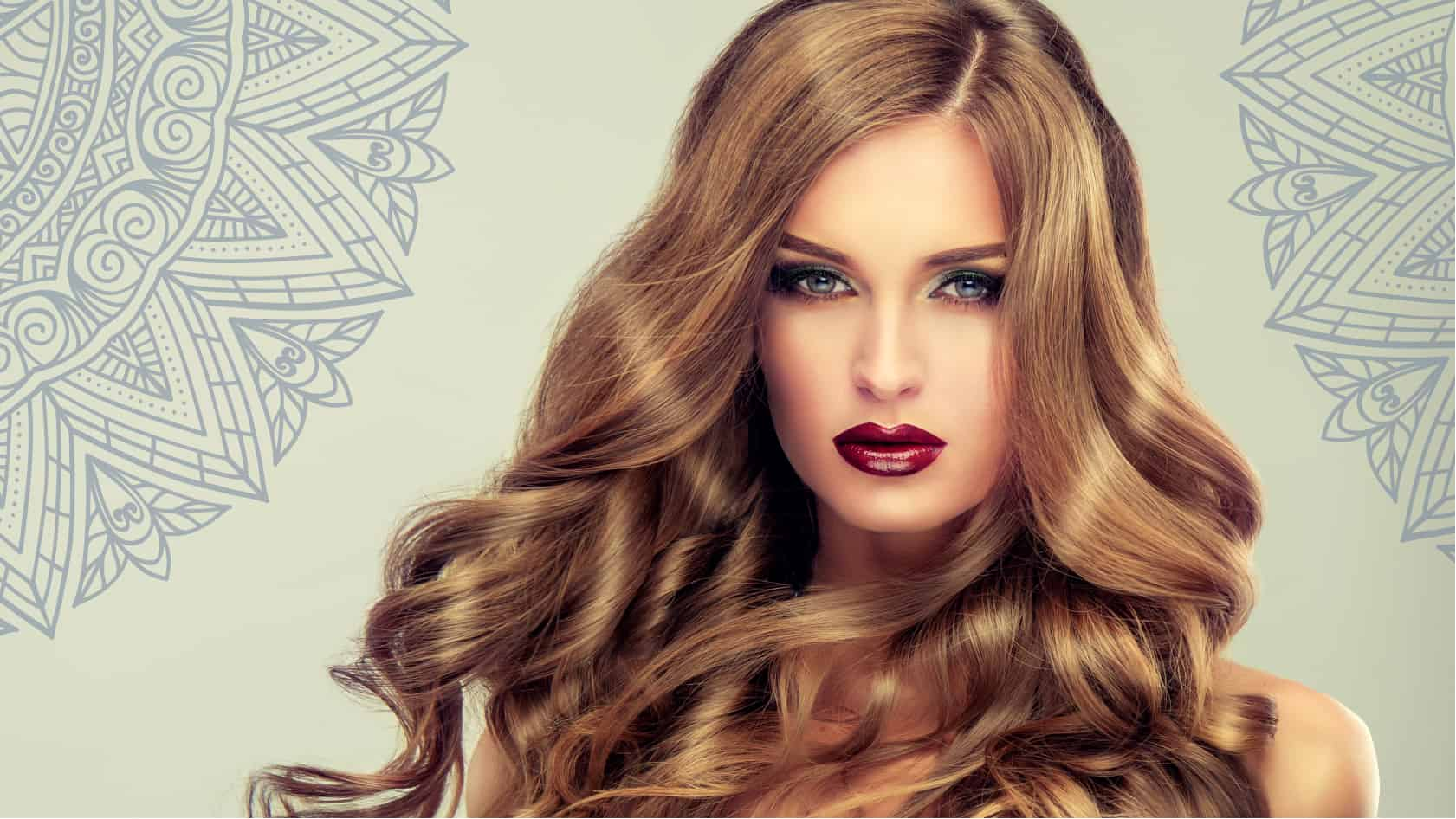

Leave a comment
This site is protected by hCaptcha and the hCaptcha Privacy Policy and Terms of Service apply.